Shahab ud din is a young nanotechnologist and studying as a doctoral student at King Mongkut’s University of Technology Thonburi (Bangkok) under Petchra pra jom klao scholarship and his future research work is about growing organs on a microfluidic chip. He is interested in designing and coding while public speaking, singing, traveling and entrepreneurship are some of his greatest interests. He wants to achieve professional excellence in his field of interest and he wants to utilize his capabilities and academic background for the possible contribution to his country and for the human welfare. He received his honours degree from Peshawar, Pakistan in the major of biotechnology. He is currently serving as a CEO of an education tech startup “science on wheels” based in Pakistan. He has attended several workshops and had been a part of several social societies in his hometown.
https://www.facebook.com/shahab.din.16

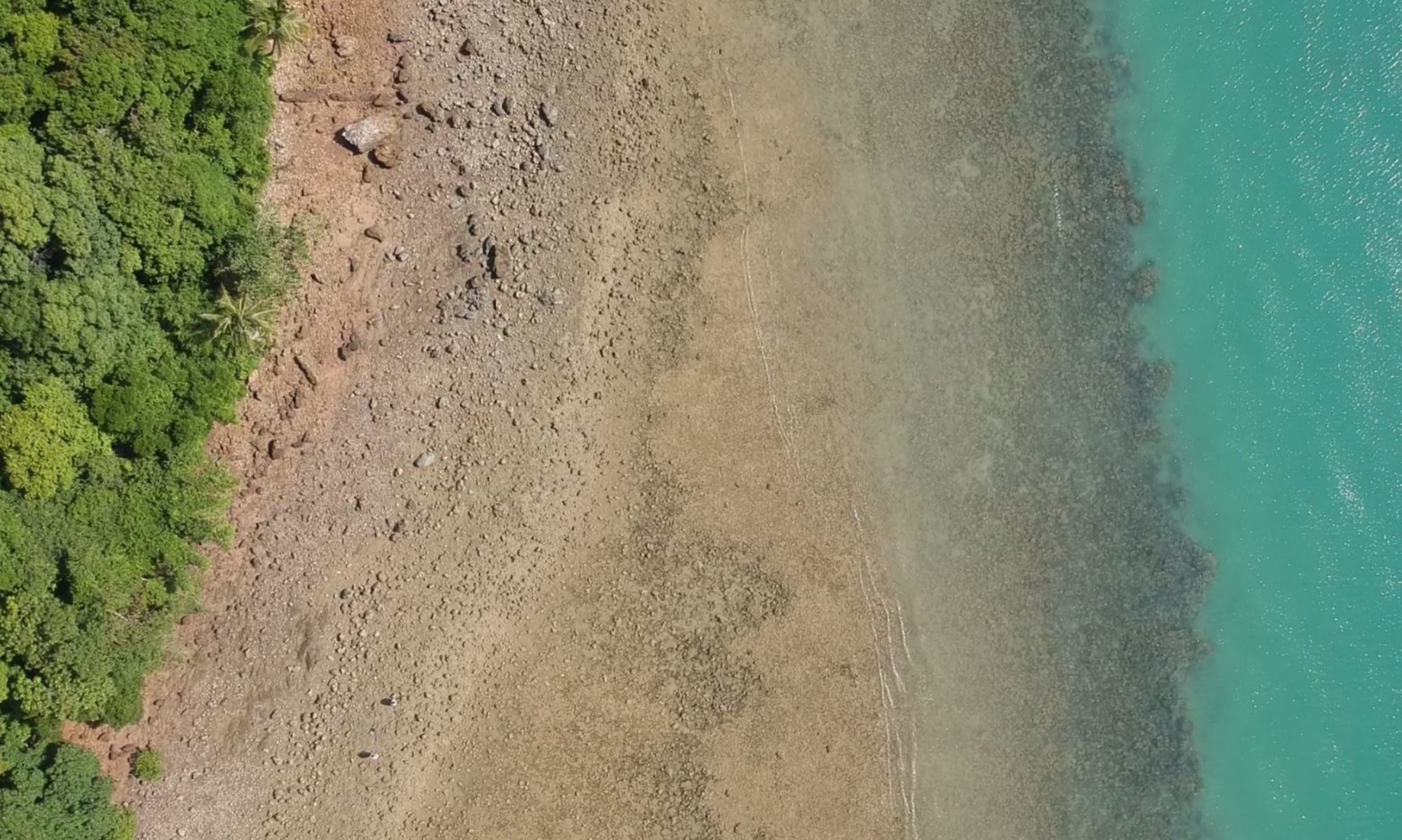





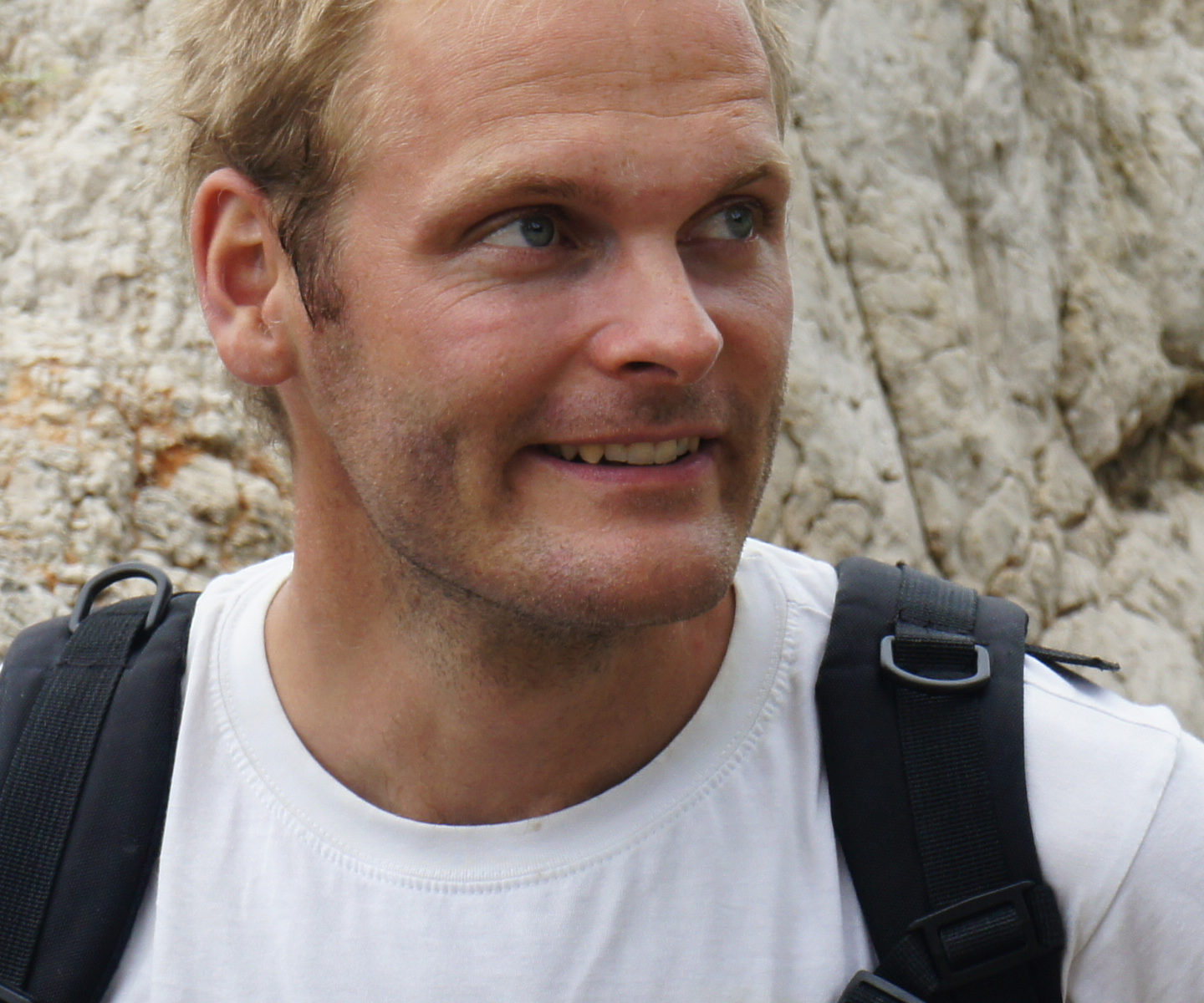

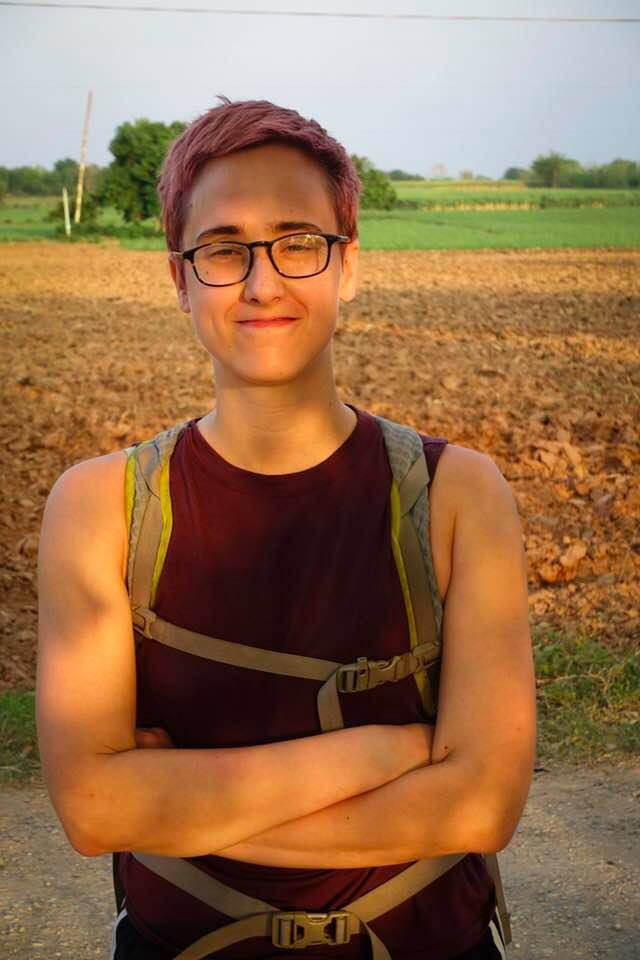
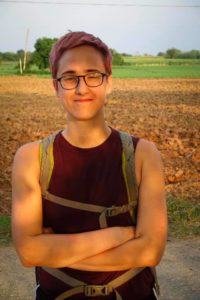




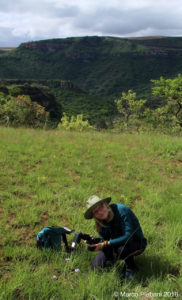 4th of June until the 10th of June.
4th of June until the 10th of June.
